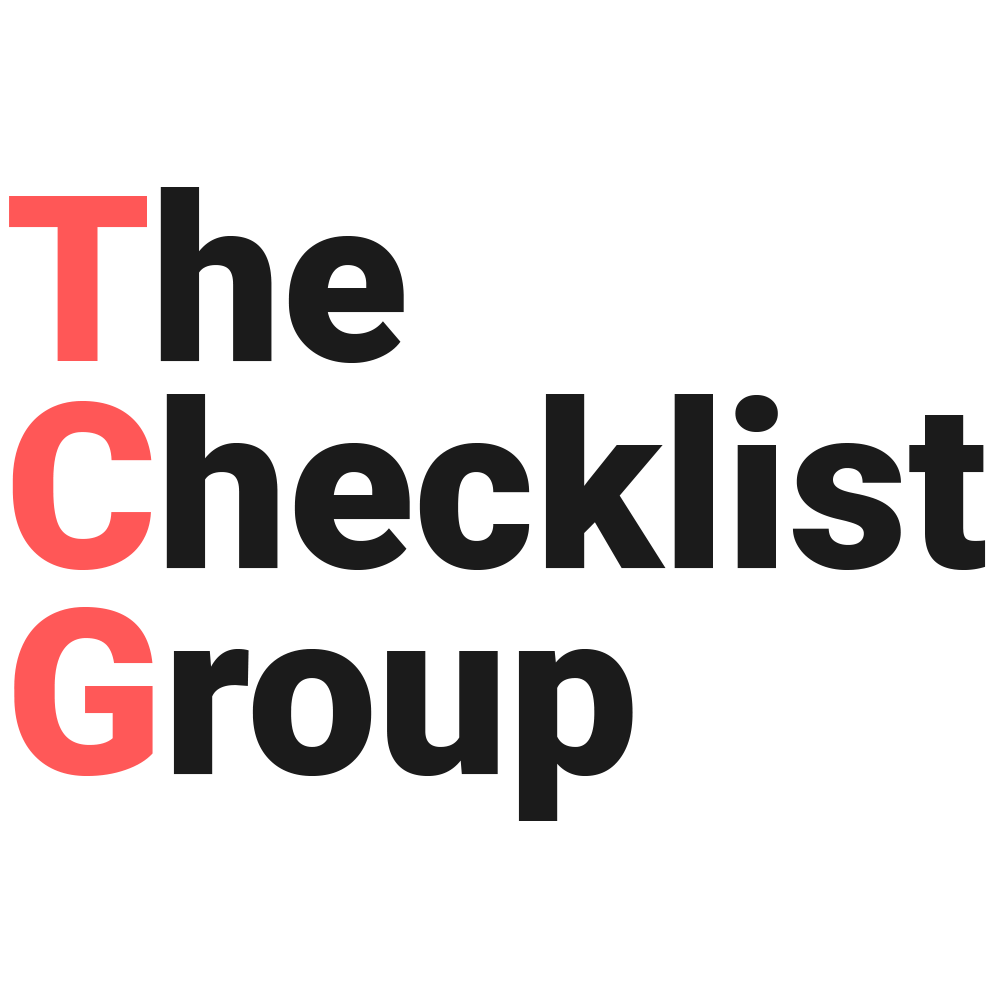Social media has revolutionised the way we communicate and behave as a society. Social media is no longer a trend, but rather an established part of everyday life. In fact, people spend an average of 3 hours per day on social media – that’s 1/5th of your daily life! As such, it’s important to understand how to navigate this complicated landscape. We have compiled some top tips from experts in the field in order to help you solve this engagement problem once and for all!
Know your audience
One of the most important things to remember when you’re creating social media content is that it’s not about you. You can’t expect people to care about your brand if they don’t know who you are and what you do. To create an engaging social media presence, start by educating yourself on who your audience is and how they engage with similar brands in their own communities.
If this sounds like too much work for you, there are plenty of other options available. First, consider using a platform like Facebook Audience Insights or Twitter Analytics that allows users to look at data relevant to their audiences’ interests and demographics. If these tools aren’t enough for you, consider hiring someone who has experience working with companies like yours—this helps ensure that what they say is accurate and relevant in terms of understanding where potential customers might be spending time online (and whether those platforms are worth investing in).
Determine your engagement goals
The first step is to define your social media engagement goals. You should determine what you want to achieve and what the problem is before starting on a solution. What exactly do you want to happen?
It’s important not to worry about what other people’s goals are, but rather be ambitious and stay realistic when setting your own goals for social media engagement.
Create a strategy that prioritizes engagement
In order to create a strategy that prioritizes engagement, you must first know what kind of content your audience wants.
Then, you can prioritize engagement based on the following:
- Where your users are most active on social media.
- What types of content are well-received by your audience.
- The type of content people want from you as a brand and business.
Measure and optimize your results
Once you’ve established your goals, the next step is to measure your social media performance against these goals.
This can be done by using analytics tools like Google Analytics or Hootsuite Insights to track how many people are interacting with you on social media and how often they’re doing it. You can also use these tools to see what types of content resonate best with your audience—and use this information to optimize future campaigns accordingly.
You can create social media content that is engaging by using data to drive the creation of stories.
You can create social media content that is engaging by using data to drive the creation of stories.
To do this, you need to first decide what kind of data you want to use and then figure out how best to leverage it. Here are some ideas:
- Use data from your audience’s profiles (such as what they like) or from your own activity (such as how many people liked or commented on a post) to help inform story ideas for future posts.
- Prioritize engagement with your posts based on which types of content are most effective in terms of getting likes, comments, and shares—and then use that information when developing strategies for future campaigns.
- Measure results after every campaign so that you can see which methods are working best and adjust accordingly.
- Optimize ad spend based on performance metrics such as reach vs cost per engagement over time
We know that social media moves quickly, and you need to stay on top of your company’s engagement with your audience. To do this, it’s important to have a plan in place. You should create content that is data-driven and focuses on stories. By knowing your audience and setting realistic goals, you’ll be able to create engaging content that drives conversation and creates brand loyalty.

